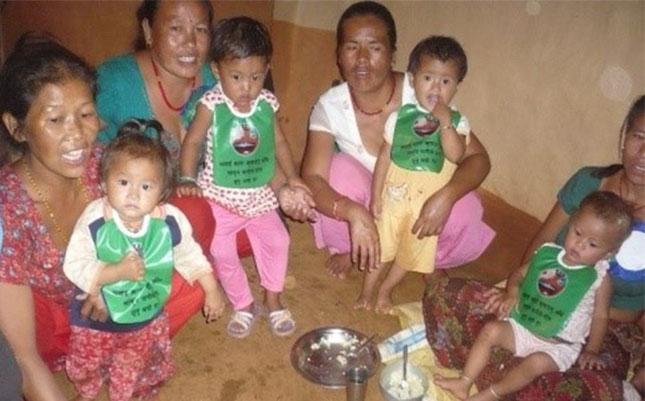Handwashing with soap: why should we care?

Credit: Om Prasad Gautam
On 15th October, the world celebrates Global Handwashing Day. This year, former SHARE PhD student and WaterAid UK's WASH Manager for Hygiene, Om Prasad Gautam, gives us a run-down on the facts and figures of handwashing, and explains why changing behaviours is challenging but crucial.
Handwashing with soap (HWWS) has been linked to:
-
16-23% reduction in risk of acute respiratory infection
-
50% reduction in pneumonia
-
Substantial reduction in neonatal infections
-
Up to 48% reduction in risk of endemic diarrhoea.
Repeated episodes of diarrhoea in early life have a long-lasting and irreversible impact on a child’s nutritional status and development potential. HWWS has also been found to reduce school absenteeism by 43% fewer days. Infection-related infant deaths could be reduced by 27% by improving handwashing practices in healthcare facilities, and a further 40% by handwashing in the postnatal period. Not to mention that HWS also prevents other diseases such as Ebola, SARS and hospital-acquired infections.
Is handwashing with soap common worldwide?
Although it can prevent infection and save lives, good hand hygiene is not widespread in domestic, school and healthcare settings. Only 19% of people across the world wash their hands with soap after defecating. 35% of healthcare facilities have no water and soap for handwashing and only 21% of schools in developing countries have handwashing facilities. Furthermore, compliance with handwashing behaviours are worse in many low-income settings.
How can we change behaviour?
Access to clean water and soap alone will not deliver the health and development benefits of handwashing. It is true behaviour change - the sustained and consistent practice of the new behaviour - ensures positive results.
Changing people’s behaviour is difficult and complex, but possible with the right approach and in the right context. Mounting evidence suggests that hygiene promotion programmes mostly focus on educating people about health, germs and disease often using complicated posters, leaflets and flipcharts. However, such approaches rarely result in positive, sustained behaviour change as they fail to account for the fundamental role of social norms, individual motives and environmental constraints.
Instead, evidence shows that certain factors can lead to more successful interventions. For example, the use of emotional triggers (disgust, nurture, affiliation and status) and the disruption of the social and physical setting where the behaviour should take place by placing eye-catching cues and visual reminders.
Whatever the intervention, it needs to be simple, surprising, attractive and engaging. Behaviour change interventions and campaigns motivated by aspiration, for example, ‘be an ideal mother/ family’, ‘live in a clean village’, have all had success, but there are still lessons to be learnt.
Behaviour change is not rocket science, nor a silver bullet; it is a social science and it requires a multi-disciplinary approach in order to design, implement and evaluate programmes more effectively. A collective effort from governments, donor agencies, I/NGOs, local capacity based organizations (CBOs), private sector, academia and civil society is urgently needed in the sector to implement and evaluate sustainable handwashing campaigns at scale.
Is handwashing adequately prioritised in global development agenda?
Target 6.2 of the Sustainable Development Goals (or Global Goals) calls on the global community to achieve access to adequate and equitable sanitation and hygiene for all by 2030. Despite this, hygiene still gets low levels of political attention in low and middle-income countries. One explanation for this is that historically, the WASH (water, sanitation and hygiene) sector focused on building taps and toilets, whilst the healthcare sector focused on treating patients and behaviour change has always been seen as a difficult undertaking.
Target 6.2 indicators for handwashing include the ‘proportion of populations with handwashing facilities with soap and water at home’. However, this indicator is just a proxy measurement, and doesn’t tell us whether people are actually practicing handwashing behaviours. There is therefore a need for each country to set up a behavioural outcomes-related indicator in addition to Target 6.2. Though there is growing recognition of the importance of behaviour change it is still highly neglected. The biggest challenge in the WASH sector right now is how to achieve sustained hygiene behaviour change at scale, and attain Global Goal 6 (clean water and sanitation for all). Not integrating handwashing with soap as part of the ongoing agenda in other development sectors such as health, education is a missed opportunity.
This blog was first published by WaterAid, and has been edited.
